|
One of England's most-visited tourist destinations is no less desirable after welcoming tourists for a few hundred years! Check out these easy tips to help you plan your visit!
Disclosure: some of the links below are affiliate links. If you purchase a linked item, I will make a commission, at no extra charge to you. As an Amazon Associate, I earn from qualifying purchases.
Considering a day trip to Bath?
England's greatest Regency city, Bath, is one of the most popular day trips for tourists from London. But don't let its sustained popularity deter you - Bath is a thriving (and surprisingly large) city, that has been accommodating out-of-towners for hundreds of years.
Bath is incredibly easy to access from London. There is no need to pay for a pricey "day trip" tour from a company to show you the sights. Check out these easy tips and all of the lovely sights that Bath has to offer. History of Bath, England
While Bath is largely cloaked in "Jane Austen" lore lately, the history of the city, and of course the origins of its name, extends far beyond the turn-of-the-19th-century author.
Founded by the Romans in the first century A.D., under the awesome name Aquae Sulis - meaning "waters of Sulis," the town originally centered around baths taking advantage of the hot springs in the area. The baths themselves, of course, can still be seen, and are, in my opinion, the highlight of a trip to Bath. Bath Abbey was originally built in the 7th century, and the focus moved from public bathing to religion...but, "taking the cure" (aka drinking the water from the springs that supplied the baths) returned and the area had a massive resurgence in the Georgian period as a health spa. In the early 18th century, much of the similarly styled Bath stone buildings were constructed, including the Pump Room and the Royal Crescent, which give Bath its uniform, and fairly grandiose, appearance. It was during the end of this century and the beginning of the 18th that Austen penned her famous works, several of which have scenes in Bath, as she lived here briefly, and the city became, as it continues to be, a tourist hotspot! Today, Bath is home to around 90,000 residents, and about a million out-of-town guests! Getting to Bath from London for a day trip
Part of the continued draw of tourists to Bath is its proximity to London - though it really does feel a world away. The nearly 100 miles can be quickly covered by train in about an hour and a half. Trains generally leave from London Paddington - which gives you the very good reason to stop by and visit the statute to one of the country's most famous bears, Paddington. Don't forget to buy yourself a stuffed friend in the station's many shops (and if you haven't seen the Paddington movies, they're absolutely wonderful - and definitely not just for children).
Buying tickets in advance can help to save significant money, but if you're looking to go spur-of-the-moment, you won't have a problem grabbing tickets the day of. After the quick journey, you'll arrive at the splendidly named Bath Spa station. If you miss the announcement...you'll want to get off where all the other people on the train are going as well.
Visiting Bath Abbey, Bath, England
One of the first major sites you'll see, in the center of the city if you walk from the train station, is Bath Abbey. Originally founded as a monastery in the 7th century, the building in the form you will see was built in the 16th century and renovated during Bath's massive success in the 19th. The stunning fan vaulting (seen below) is one of the most famous architectural aspects of the Abbey, though I found the entire Abbey to be particularly stunning. For me, the stained glass and light, airy feel of the interior was reminiscent of St George's Chapel at Windsor Castle - which you should 100% visit, if you haven't. The exterior is entirely composed of the famous, yellow-ish Bath stone, which built nearly the entire town you'll see today.
Many people expect Jane Austen to be buried here. She is not - she actually only spent a few years in Bath and is buried at Winchester Cathedral in Hampshire, yet another one to add to the list!
Though it is a major tourist attraction, the Abbey is not hugely crowded. Plan to spend approximately half an hour looking around (unless you've a big church aficionado!) and exploring the various tombstones and burial memorials. I was particularly struck by how many American transplants have lived (and died) in Bath over the years!
Check out the Abbey's website to confirm open times, etc. before you go! Where to have lunch in Bath, England
For me, after a train ride and one tourist attraction, it's absolutely time for a spot of lunch! We were happy with our visit to The Roman Baths Kitchen, immediately outside of Bath Abbey. It's always hard to find somewhere nice to eat near major tourist attractions, but this is part of what I love about Bath - even though it's packed full of people, it's a pretty high-end town. We had a lovely, healthy, and relaxing lunch without even having to veer outside of the main drag!
Exploring The Roman Baths, Bath, England
Now it's time for the main experience!! The same place that's been bringing people for hundreds of years is only getting more attractive with age!
The naturally occurring hot spring was originally corralled with pumps and channeled into baths by the Romans, though the Roman structure was lost after the fall of the Roman Empire. The version surrounding the same spring that you will see today was built during the 18th century, and expanded in. the 19th. Water was pumped into the baths and into the Pump Room, a more formal area where the water was drunk in an assembly-esque room by Austen-esque characters. Can you drink the water at The Roman Baths?
At this point, you're wondering...why did people drink this water? And can I drink some????? The answer is yes, you can drink some - any my husband did!
I, however, was too fearful of riding back to London with a stomach ache, so I demurred. Believed to cure everything from leprosy to whatever the hell happened to be wrong with you, people have been not only bathing in, but also drinking, this water for thousands of years. As you can see in the picture below, at the end of your tour of the Roman Baths, you're invited to sample a taste of the esteemed waters, from a lovely and sanitary drinking fountain, controlled by a nice worker, while surrounded by historical quotes extolling its virtues. Try it out and see for yourself, if you're braver than me! Buying tickets to the Roman Baths online in advance
A 10% discount is available for those who book with their tickets for the Baths online in advance through their website. Some ticket combinations are available, but, as always, be sure that you're actually going to visit all of those attractions before you spring for the big ticket. If you don't visit all the places, you aren't saving money!! Plan to spend quite a while here taking in all of the history. I'd plan for an hour.
Discovering The Royal Crescent, Bath, England
A little walk is in store now! Stroll around downtown, if you wish, and then head over to The Royal Crescent - the most exclusive address in town! If you're walking from the Roman Baths, you can also hit the Assembly Rooms on your way!
Built in 1774 by John Wood - who really built all of Georgian Bath, in combination with his father, the Royal Crescent contains 30 stunning terraced houses, overlooking a grassy knoll and the surrounding city and countryside.
Strongly reminiscent of New Town in Edinburgh, the uniformity of the Royal Crescent is the epitome of Georgian style - the building have remained largely unchanged in nearly 250 years. The Royal Crescent today includes a hotel and a small museum, to provide visitors with a look into the interior of one of the units. It continues to be a very fashionable address, as you can tell from the cars parked out front. The Royal Crescent also features in The Duchess (2008) and the recent TV adaptation of Persuasion (2008). I hugely enjoyed exploring the Royal Crescent. A huge Austen and general period piece fan myself, this was one of the areas where I truly felt immersed in the history of the place and the grandiose Georgian culture (and egos) that built it. It probably helped that we had it largely to ourselves, but the stunning views will hopefully have the same impact for you, even if there are more visitors. As gorgeous as the residences are, I'm thinking I'd find it a bit claustrophobic to be a resident myself, but perhaps not! Crossing Pulteney Bridge, Bath, England
So much more to do in Bath! Our next move, after a coffee, was to journey across the city (past the Jane Austen Museum - we didn't visit, but it would make sense to at this point in your trip!) to cross Bath's version of the Ponte Vecchio: Pulteney Bridge. Built the same year as the Royal Crescent, 1774, it cross the river Avon - one of several bridges connecting the two sides of Bath on either bank of the river. Though, of course when the bridge was built, the side of the river to which you are venturing did not yet exist - the bridge was built so that the other side could be developed by the bridge builders (good thinking, eh?). Be sure to approach the bridge from the South, as the Northern side does not have the same Bath stone facade.
The walk over and across is gorgeous - with street after street of Bath stone-made buildings.
The "other side" of the bridge is largely residential, but don't forget to see the home of Jane Austen, on your walk! We essentially just walked over and came back - just about time to wrap up our shopping in the downtown and get back to London, but art fans will want to visit The Holburne Museum, while in that neck of the woods!
Thanks for stopping by!
Hope you are able to visit Bath and have a lovely trip (and maybe slightly better weather than we did!) Don't forget to sign-up for the blog newsletter!
Love it? Pin it!
1 Comment
Mia
4/29/2023 10:24:02 pm
Thanks for this! Planning a solo trip from Canada and I found your links added in very helpful - especially the train ticket one!
Reply
Your comment will be posted after it is approved.
Leave a Reply. |
Categories
All
Archives
February 2024
This website uses marketing and tracking technologies. Opting out of this will opt you out of all cookies, except for those needed to run the website. Note that some products may not work as well without tracking cookies. Opt Out of Cookies |

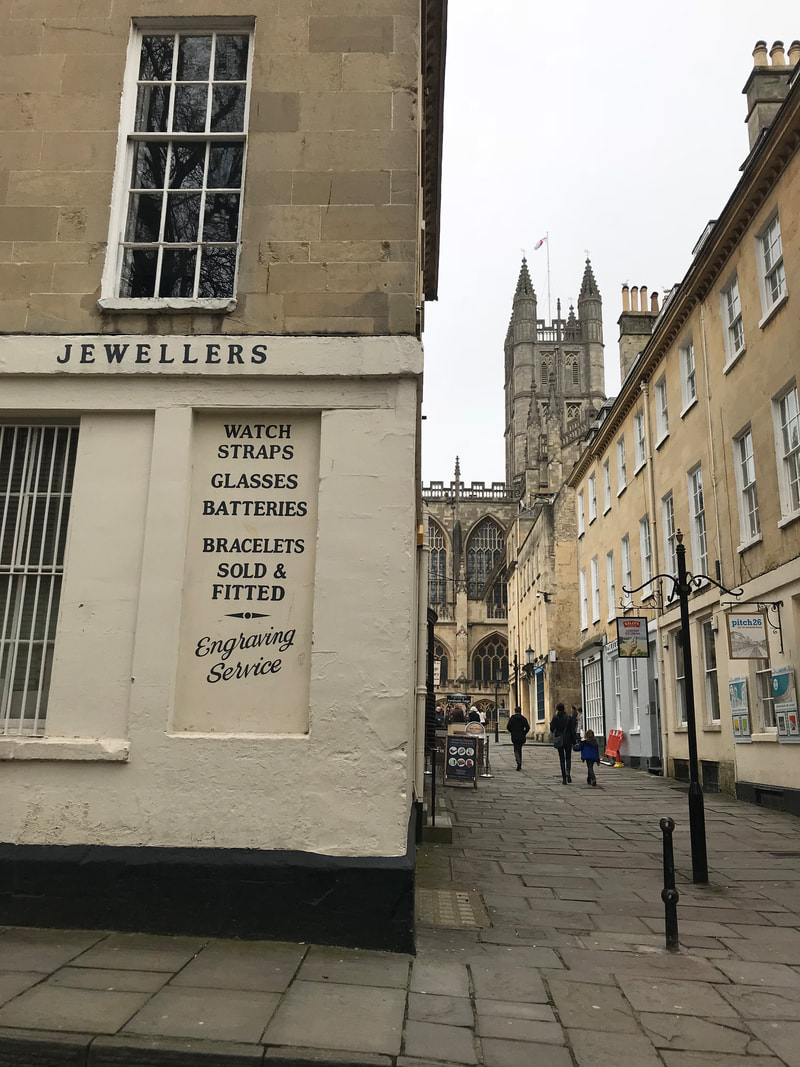






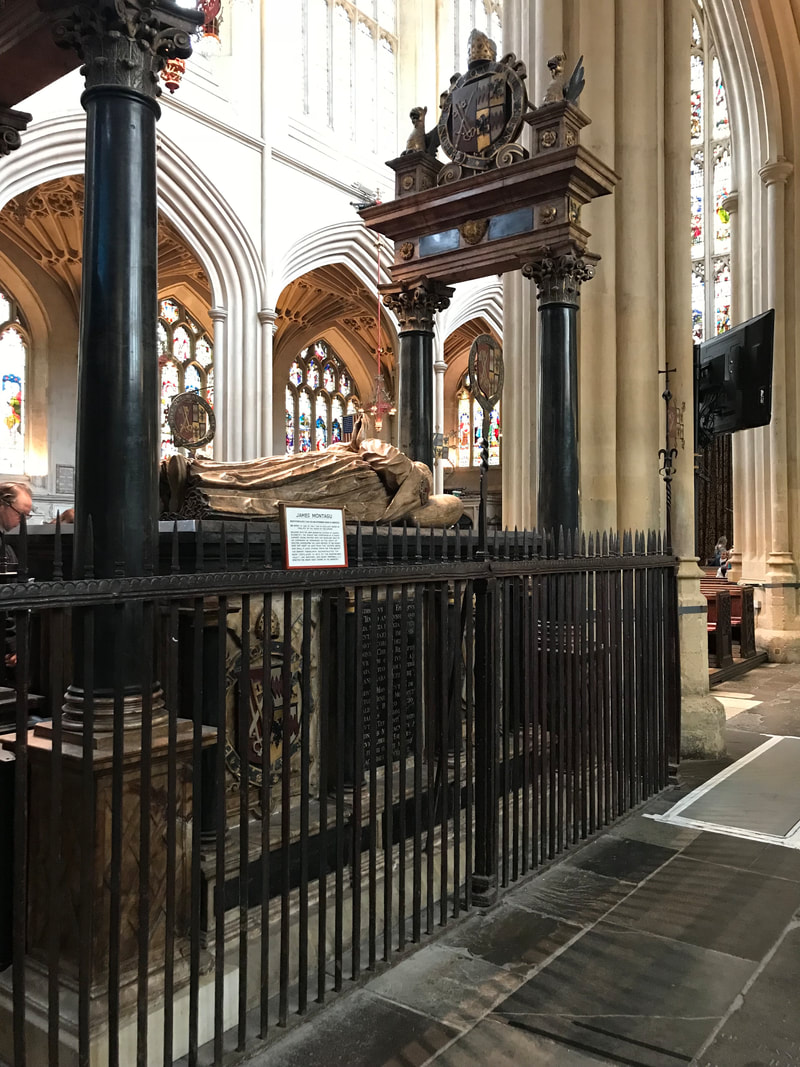



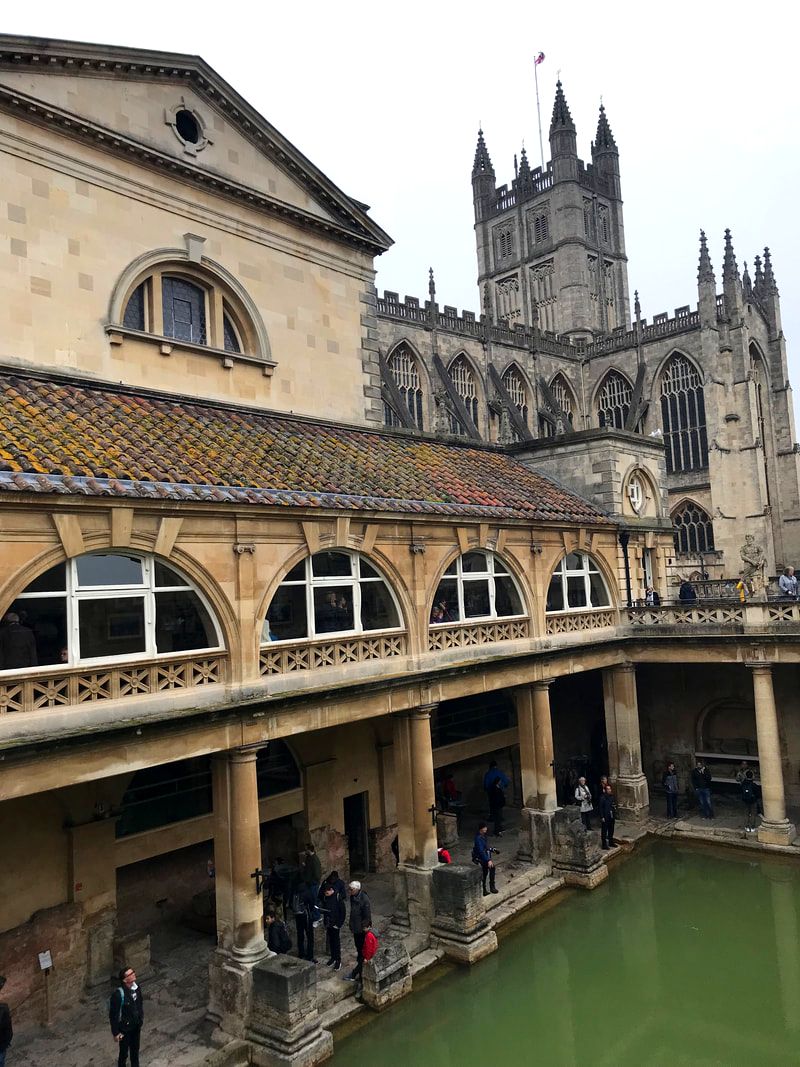

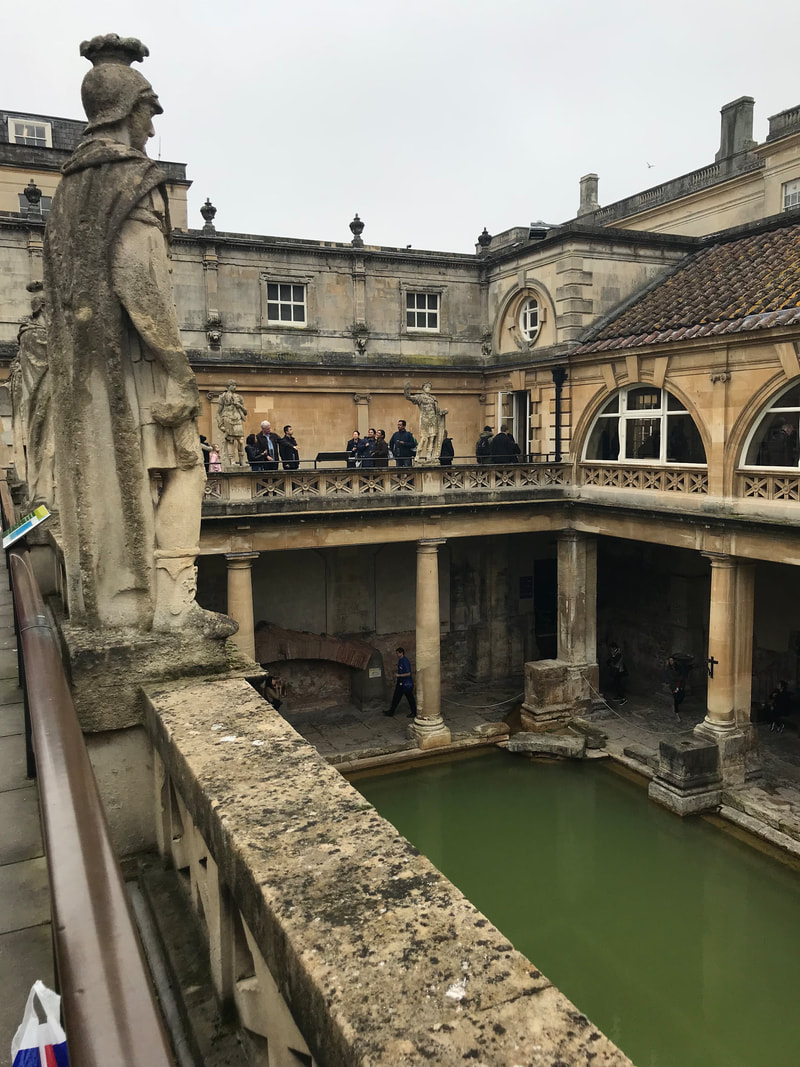
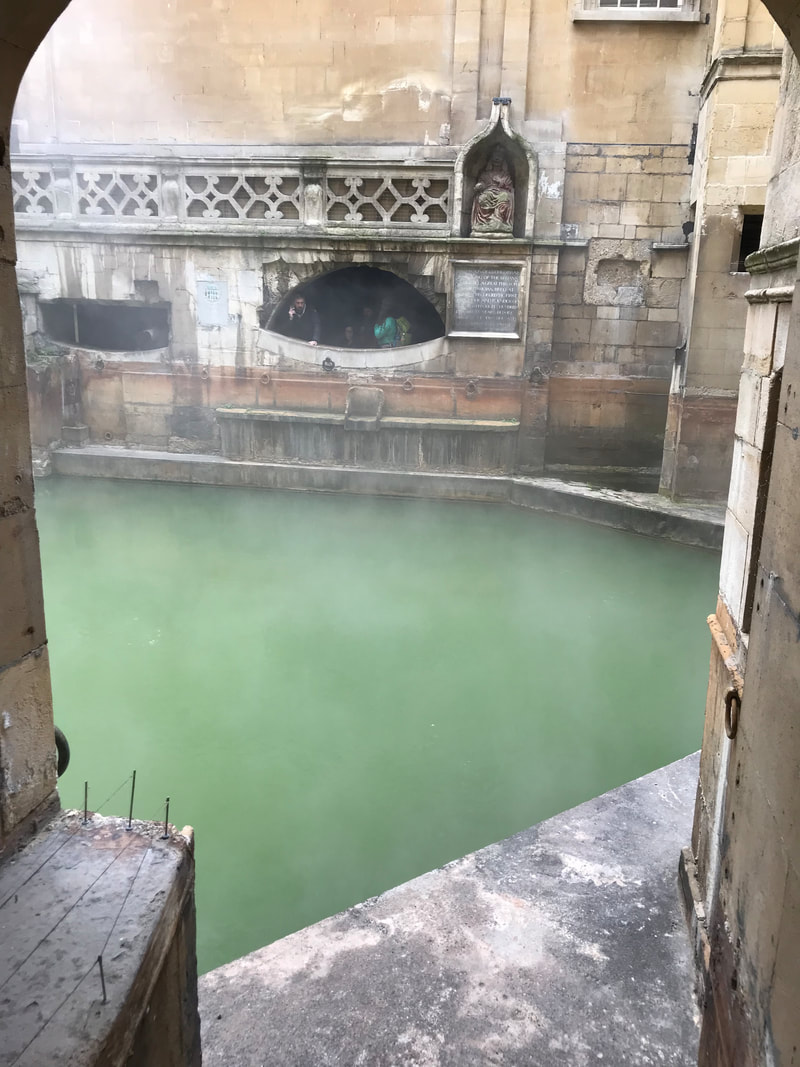






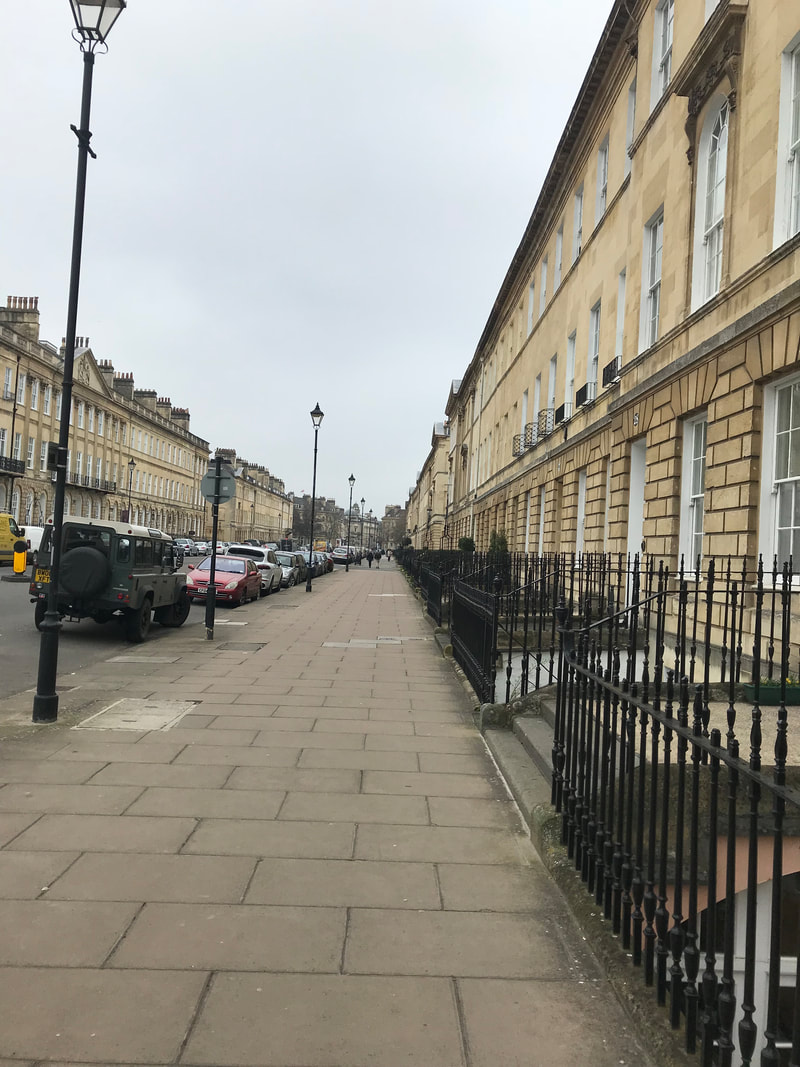


 RSS Feed
RSS Feed